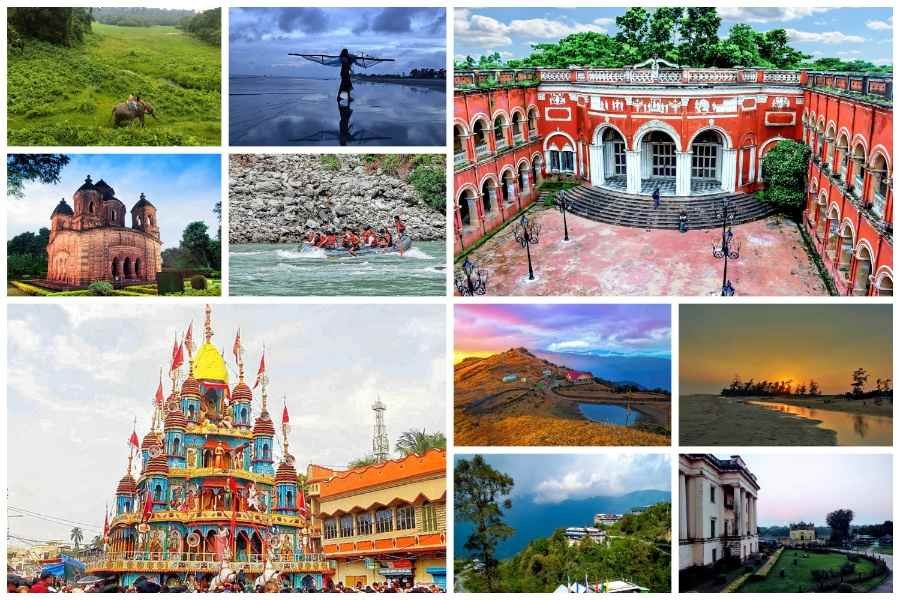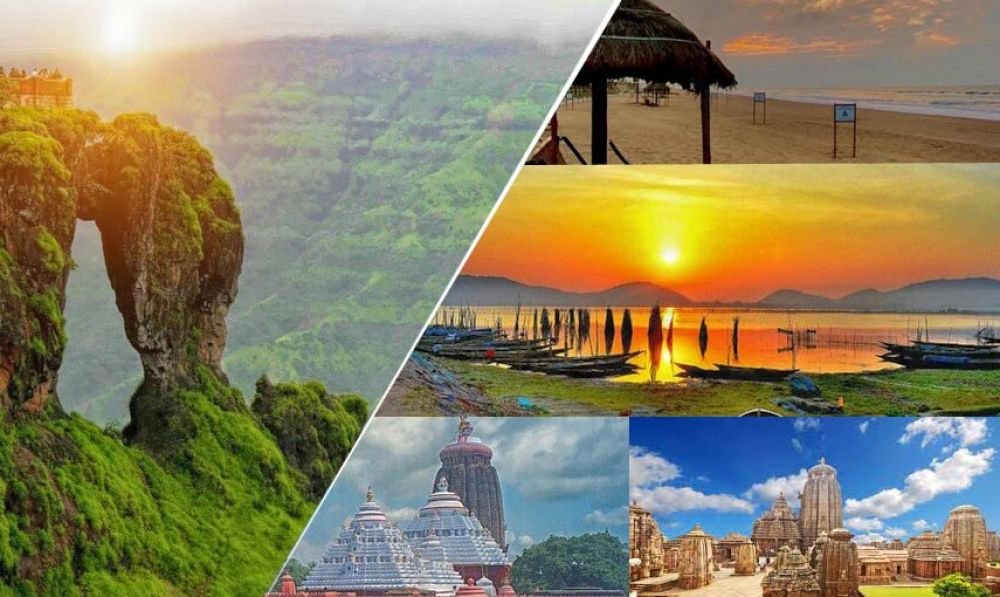Memories are the touchstones of our experiences, and video provides us with amazing tools to capture our memories and share them with others. Creating videos that are truly memorable requires foresight in capturing footage, a keen narrative sense, and video editing skills that tell your story with pace and flow. For a memorable, movie-like video, you’ll need to employ all of these skills. Combine all of this with the unique and memorable possibilities of a winter trip, and you have the opportunity to create something truly special.
Embrace the possibilities of the season
As the dark months close in on us, many people retreat indoors and simply ride out the season. But if you’re an avid outdoors person, you see possibilities to experience a transformed landscape that’s significantly less crowded and more still than what you’ll experience during the summer months.
Also, winter offers a completely different look than the warmer months – one that the skillful videographer and editor can exploit for memorable images. Consider some of these effects and color palates that’ll make your winter trip video really stand out.
• Winter Shadows –
In the winter the sun stays low in the sky, creating memorable images and providing a different set of shadows when a landscape or your subject is caught in the light of the sun. Play around with these shadows and use them to your benefit.
• Sky and landscape contrast –
While overcast skies are often the norm in the winter, we’ve also all experienced that day when the sky is an almost indescribable blue. Take advantage of these days to contrast the sky’s brilliance with subdued colors of the landscape.
• The golden hours –
We all know the power of capturing footage in the golden hours of the morning and early evening. The low sun of winter expands this cinematic sweet spot for several hours in either direction. Be sure to take advantage of it!
Stage your shots for cinematic effect

When you examine the shots in a well-made film, one of the first things you’ll notice is the variety of shots. At a minimum you’ll see long-range, establishing shots, mid-range shots of characters and dialogue, and close-ups of action or characters. You may see other, more specialized shots, like crane shots, or low-angle shots. Each is chosen to help advance the action or tell the story.
While the video of your winter trip will probably not be scripted and storyboarded in the same way a feature film is made, consider how you can use some of the movie-like shots in your production.
• Establishing shots –
Where is your winter trip taking you? To the backcountry? To a ski area? Wherever you’re going, use video to set up the trip. Capture road-trip style footage of your journey to a ski area, or long-range shots of the landscape for your back-country trip. Use these at the beginning of your video in a montage or other form to set up the action to come.
• Close-ups –
Details of what you’re doing, or the environment you’re in, can add a sense of place and create a movie-like feel to your production. Capture close-ups of frozen elements of the landscape, or concentrate on the action that advances the story, like kindling a fire in the backcountry or shooting a close-up of your boots clipping into your skis at the start of a run.
• Crane or drone shots –
With the abundance of reasonably priced drones available, you should consider adding one to your bag of cinematic tricks. What better to give a sense of place than pulling back from a mid-range shot to reveal its myriad vistas, for example?
Optimize your video clips for a film-like look

Even if you compose your video perfectly, there’s one more thing you can do to create a film-like feel for your production. Use the tools in your cameras and editing suite to tweak the footage to get that “film” look.
• Shoot (and export) in 24 or 25 frames per second –
The classic standard for feature films has been 24 fps since the early days of cinematography. Use a camera setting of 24 fps (or 25 if 24 isn’t available). And when exporting from your editing software, choose the same settings.
• Choose a cinematic aspect ratio –
A widescreen look will do a lot to create the film impression you’re looking for. Crop the vertical aspect if necessary to achieve at least a 2:1 aspect ratio.
• Utilize color grading –
Color rendering with video cameras can often result in a brighter, less film-like look. Some cameras will let you set a cinema look at the front end, or you may need to adjust the color as you edit your video.
Everything counts
Creating a memorable movie-like video isn’t about doing one thing. It’s about putting together all the different techniques we’ve described here. Concentrate on all of these, and you’ll have all the elements you need to create something truly memorable. Read More>> video editing skills









